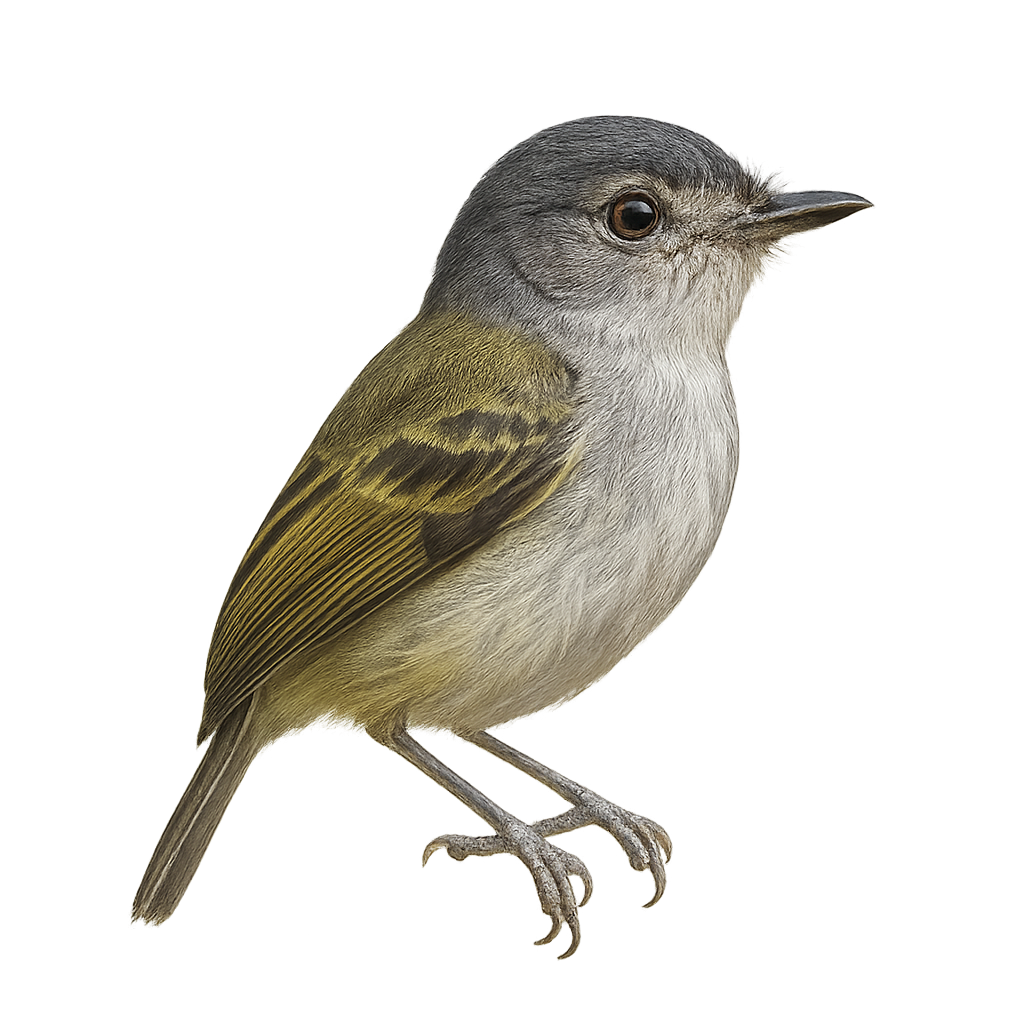Your wildlife photography guide.
Explore the southern bentbill in detail, study its behavior, prepare your shots.
Where to observe and photograph the southern bentbill in the wild
Learn where and when to spot the southern bentbill in the wild, how to identify the species based on distinctive features, and what natural environments it inhabits. The WildlifePhotographer app offers tailored photography tips that reflect the southern bentbill’s behavior, helping you capture better wildlife images. Explore the full species profile for key information including description, habitat, active periods, and approach techniques.
Southern Bentbill
Scientific name: Poecilotriccus sylvia

IUCN Status: Least Concern
Family: TYRANNIDAE
Group: Birds
Sensitivity to human approach: Suspicious
Minimum approach distance: 5 m
Courtship display: February to March
Incubation: 15-17 jours
Hatchings: February to April
Habitat:
Tropical rainforests, secondary forests, forest edges
Activity period :
Primarily active during the day, with peak activity in the morning and late afternoon.
Identification and description:
The Southern Bentbill is a small bird from the Tyrannidae family, primarily found in the tropical rainforests of Central and South America. It is characterized by its olive-green back and yellow belly, along with a short, flattened bill. This passerine is often seen foraging among dense foliage, feeding mainly on insects and spiders. Although discreet, its high-pitched, repetitive song makes it identifiable. It is usually solitary or found in pairs, and its presence is an indicator of healthy forest ecosystems.
Recommended lens:
400 mm – adjust based on distance, desired framing (portrait or habitat), and approach conditions.
Photography tips:
To photograph the Southern Bentbill, it is advisable to use a telephoto lens of 400mm or more to capture precise details without disturbing the bird. Look for it in tropical rainforests, where it often hides among the foliage. Be patient and attentive to its distinctive song to locate it. Favor early morning hours to benefit from soft, natural light.
The WildlifePhotographer App is coming soon!
Be the first to explore the best nature spots, track rutting seasons, log your observations, and observe more wildlife.
Already 1 431 wildlife lovers subscribed worldwide

